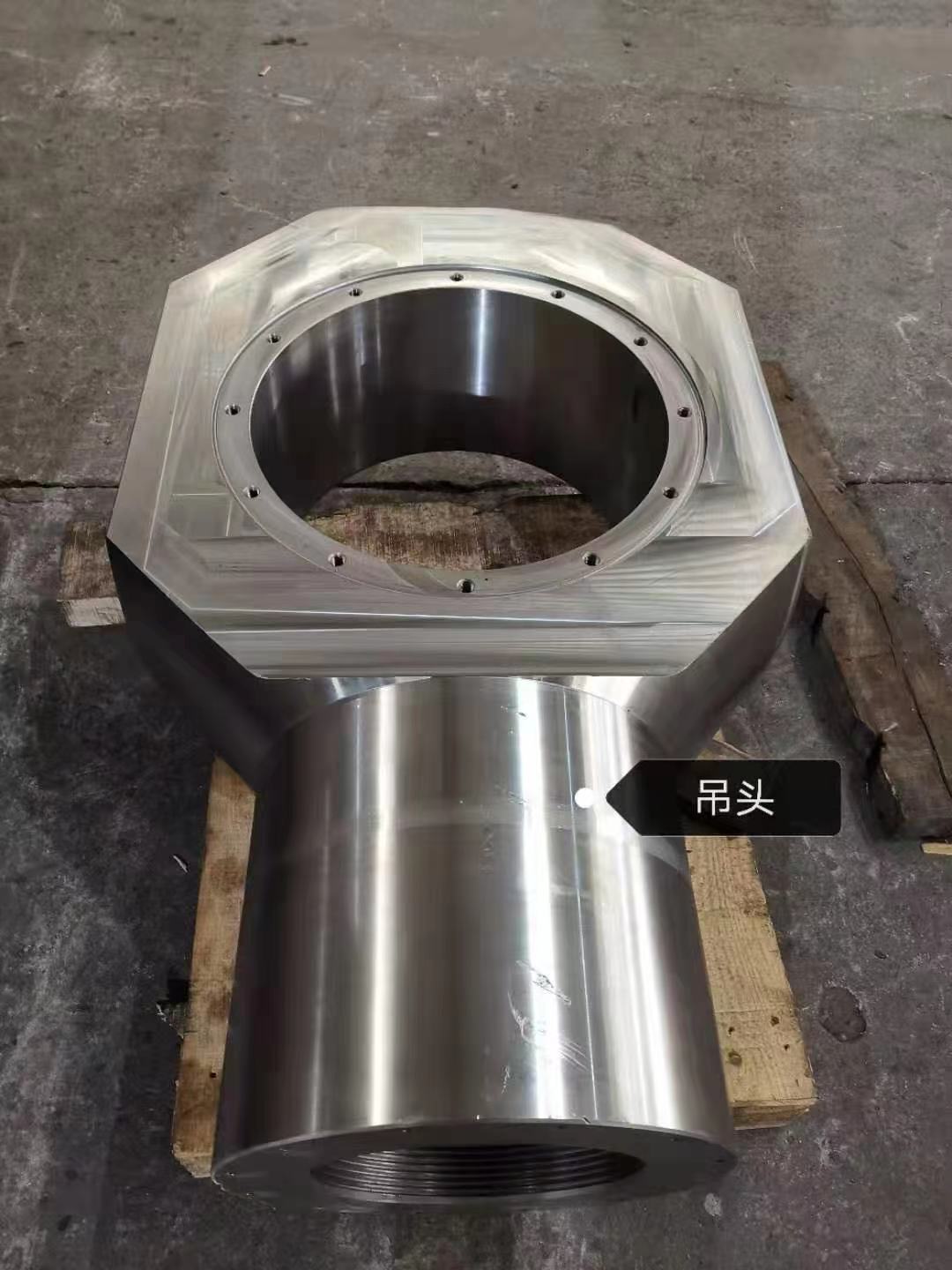A detailed explanation of the forging process
2022-10-12
Forging, like casting and machining, is the main metal working method. With the help of the impact force or static pressure generated by the tool or die on the forging equipment, the blank produces local or overall plastic deformation, in order to obtain the predetermined geometric shape, size, quality and mechanical properties of the forging parts, this processing method is called forging.
Compared with other processing methods, forging processing has higher production efficiency and can remove the inner defects of parts or blanks. The shape and size stability of the forgings are good, and the forgings have high comprehensive mechanical properties. In terms of processing alone, the inner quality of forgings is higher than that of any metal working process.
The greater advantages of forging are good toughness, reasonable fiber organization and small performance variation between forgings.
Shortcomings of forging production: can not be directly forged into more complex shape parts; The dimensional accuracy of forgings is not high enough; Heavy machinery and equipment and complex die required by forging production have high requirements for plant foundation, and the initial investment cost is large.
Cold forging and hot forging
According to the different processing temperature, forging is divided into cold forging and hot forging.
Cold forging: Process of forging metal materials under pressure at room temperature.
Hot forging: Forging process in which metal materials are heated to a state above the recrystallization temperature and below the solid phase line.
Recrystallization temperature: Roughly 0.4 times the melting point of the metal can be calculated as the recrystallization temperature.
There is also warm forging, where the temperature is between cold forging and hot forging.
Free forging and die forging
Forging is usually divided into free forging, die forging and tire forging according to whether the molding is mold or not.
Free forging refers to the forging process, when the metal blank material receives the pressure of up and down against the iron, it produces free plastic deformation to the surrounding (horizontal direction). The basic processes of free forging include upsetting, drawing, punching, cutting, bending, twisting, misshifting and forging, etc.
Different from free forging, die forging is formed by forging a heated metal blank fixed in a forging die on the die forging equipment. The plastic deformation of the metal blanking material is restricted by the mold cavity and is "not free".
Compared with other processing methods, forging processing has higher production efficiency and can remove the inner defects of parts or blanks. The shape and size stability of the forgings are good, and the forgings have high comprehensive mechanical properties. In terms of processing alone, the inner quality of forgings is higher than that of any metal working process.
The greater advantages of forging are good toughness, reasonable fiber organization and small performance variation between forgings.
Shortcomings of forging production: can not be directly forged into more complex shape parts; The dimensional accuracy of forgings is not high enough; Heavy machinery and equipment and complex die required by forging production have high requirements for plant foundation, and the initial investment cost is large.
Cold forging and hot forging
According to the different processing temperature, forging is divided into cold forging and hot forging.
Cold forging: Process of forging metal materials under pressure at room temperature.
Hot forging: Forging process in which metal materials are heated to a state above the recrystallization temperature and below the solid phase line.
Recrystallization temperature: Roughly 0.4 times the melting point of the metal can be calculated as the recrystallization temperature.
There is also warm forging, where the temperature is between cold forging and hot forging.
Free forging and die forging
Forging is usually divided into free forging, die forging and tire forging according to whether the molding is mold or not.
Free forging refers to the forging process, when the metal blank material receives the pressure of up and down against the iron, it produces free plastic deformation to the surrounding (horizontal direction). The basic processes of free forging include upsetting, drawing, punching, cutting, bending, twisting, misshifting and forging, etc.
Different from free forging, die forging is formed by forging a heated metal blank fixed in a forging die on the die forging equipment. The plastic deformation of the metal blanking material is restricted by the mold cavity and is "not free".
Die forging refers to the forging method of producing die forging parts by using a movable die on the free forging equipment. It is a kind of process between free forging and die forging.
this is open die forging products produced by tongxin

Previous:Forging blank production
X
We use cookies to offer you a better browsing experience, analyze site traffic and personalize content. By using this site, you agree to our use of cookies.
Privacy Policy



